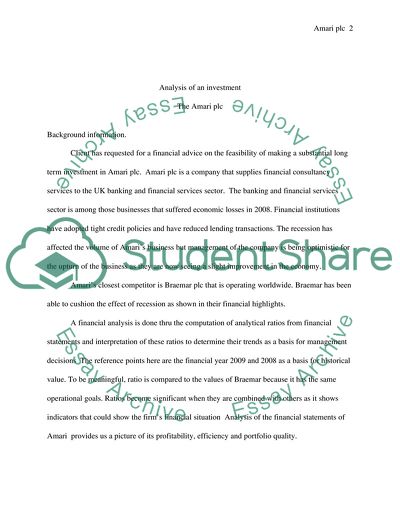Cite this document
(Long Term Investment In Amari Plc Case Study Example | Topics and Well Written Essays - 2500 words, n.d.)
Long Term Investment In Amari Plc Case Study Example | Topics and Well Written Essays - 2500 words. Retrieved from https://studentshare.org/finance-accounting/1730660-amari-plc
Long Term Investment In Amari Plc Case Study Example | Topics and Well Written Essays - 2500 words. Retrieved from https://studentshare.org/finance-accounting/1730660-amari-plc
(Long Term Investment In Amari Plc Case Study Example | Topics and Well Written Essays - 2500 Words)
Long Term Investment In Amari Plc Case Study Example | Topics and Well Written Essays - 2500 Words. https://studentshare.org/finance-accounting/1730660-amari-plc.
Long Term Investment In Amari Plc Case Study Example | Topics and Well Written Essays - 2500 Words. https://studentshare.org/finance-accounting/1730660-amari-plc.
“Long Term Investment In Amari Plc Case Study Example | Topics and Well Written Essays - 2500 Words”, n.d. https://studentshare.org/finance-accounting/1730660-amari-plc.


